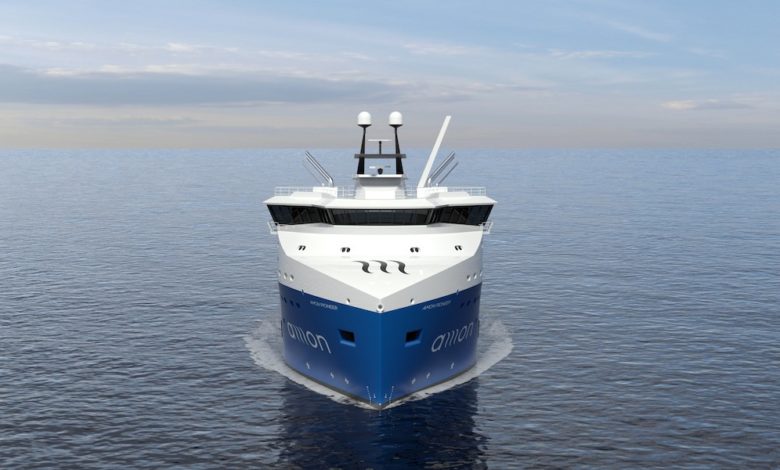BSM and Amon Maritime form Ula Ship Management

Bernhard Schulte Shipmanagement (BSM) and the Norwegian ammonia specialist Amon Maritime have announced the creation of a 50/50 joint venture called Ula Ship Management during Nor-Shipping in Oslo. The joint venture, which will be based in Sandefjord in southern Norway, aims to offer shipmanagement services for the Norwegian market, specialising in ammonia-powered vessels, but open to all types of ships.
Nick Topham, managing director of BSM Deutschland, said, “The cooperation with Amon Maritime is a milestone in the further development of our shipmanagement services. Ula Ship Management promotes to access the strong Norwegian market with its diversely positioned shipowners. At the same time, we are consciously entering the operation of ammonia-powered vessels. With Amon Maritime, we have a partner at our side who has extensive expertise in this innovative and sustainable field. Our experience is an excellent match.”
André Risholm, founder and CEO of Amon Maritime, added, “The company will manage Amon Maritime vessels, and be a new, competitive force in the Norwegian third party management market for complex vessels. After a long and thorough partner search, we found the perfect match with BSM.”
BSM is engaged in ammonia shipping though various managed gas carriers transporting ammonia over the past years. In addition, BSM has an extensive track record in operating vessels using gas as fuel.
Amon Maritime has been developing ship projects, technology, and bunkering solutions, with a sole focus on ammonia fuel, since 2019.
